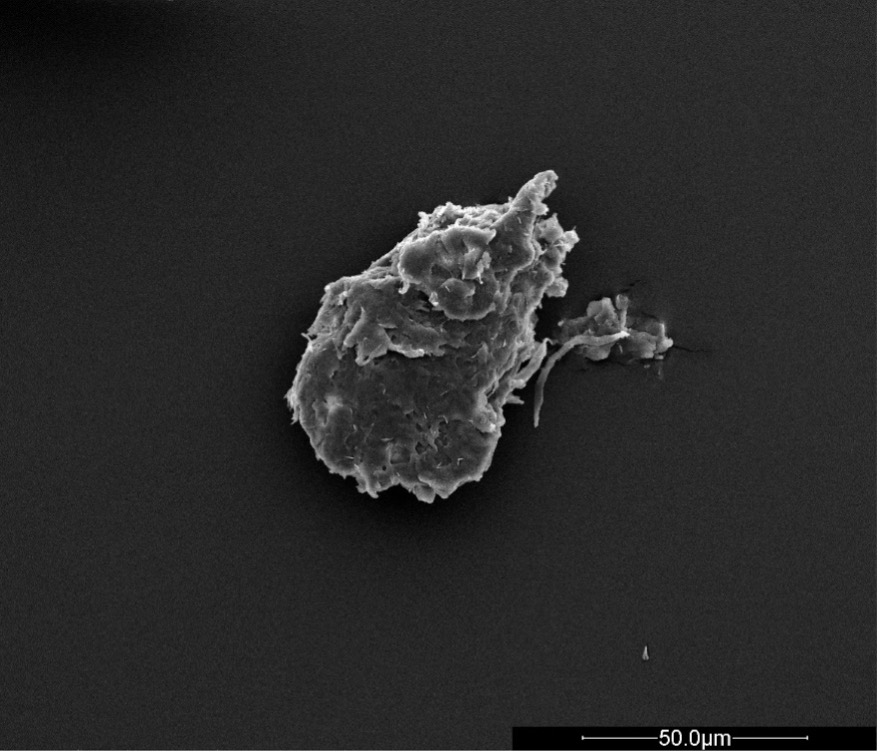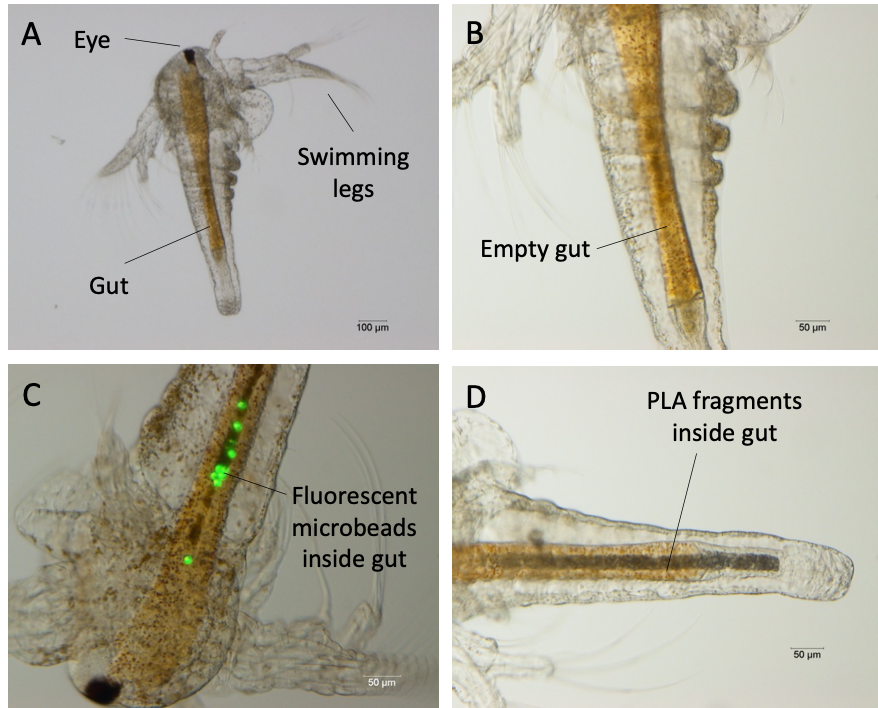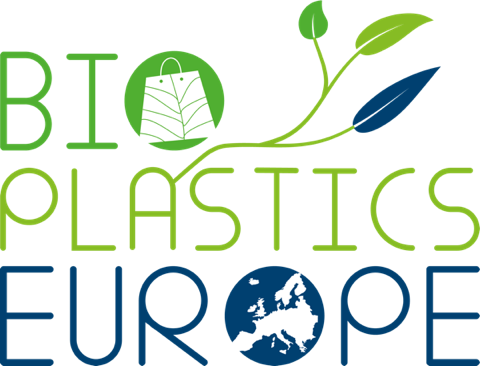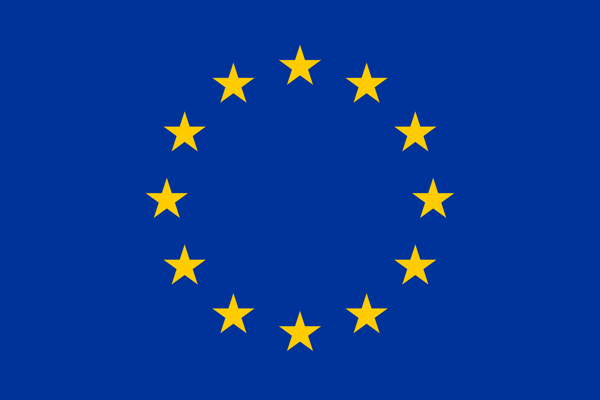How can bio-based plastics affect marine organisms?
The BIO-PLASTICS EUROPE team at the Alfred Wegener Institute Helmholtz Centre for Polar and Marine Research (AWI) in Bremerhaven, Germany, is studying what happens to marine organisms such as mussels and shrimps after they ingest microplastics. With this research, they want to understand more about the possible environmental impacts of bio-based plastics. This is the fourth post in our current project update series, bringing you very interesting images produced within their research activities.
By Lukas Miksch, Lars Gutow and Reinhard Saborowski, AWI, Germany

Figure 1: Scanning electron micrograph of a bio-based plastic fragment.
How did they do it? First, the AWI team made fine powder out of bio-based plastics, with fragments smaller than 200 µm (Figure 1). This material was then fed to the marine organisms.
Figure 2 demonstrates that the micro-particles have indeed been ingested by larvae of Artemia spec. (Figure 2A), a brine shrimp. It is possible to visually compare the empty gut of a larva (Figure 2B) to the gut of a larva that has ingested fluorescent plastic (polystyrene, PS), which is bright green (Figure 2C). The same happenes with bio-based poly-lactate (PLA) powder, which is not as easy to see as the green fluorescent PS but still visible as a dark mass (Figure 2D). These pictures are evidence that aquatic animals do in fact ingest the microplastics they encounter in their environment.

Figure 2: (A) Overview of an Artemia spec. larva. (B) Close-up of the empty gut of a larva. (C) Fluorescent polystyrene microbeads (9.9 µm) inside the gut of a larva after ingestion. (D) Bio-based polylactic acid (PLA) powder inside the gut of a larva after ingestion.
Lukas Miksch, PhD student and one of the members of the AWI research team, concludes: “with this being proven, we can start to investigate the effects of the ingested material on those animals”. Possible effects relate to their survival, growth, development, metabolism and behavior. Afterwards, the research team can compare those to the effects of conventional, petrol-based plastics. Their overall goal is to discover whether bio-based plastics are more or less harmful to the environment than conventional plastics.
This ongoing progress made in BIOPLASTICS-EUROPE, a consortium with 22 partners, proves that it is possible to have a strong cooperation and fruitful synergies among researchers all over Europe and that, despite the global pandemic, research on bio-based plastics carries on. The next article in this series will focus on the work being undertaken by our partner Manchester Metropolitan University (MMU), UK, towards ensuring the safety of bio-based plastics materials and products.


